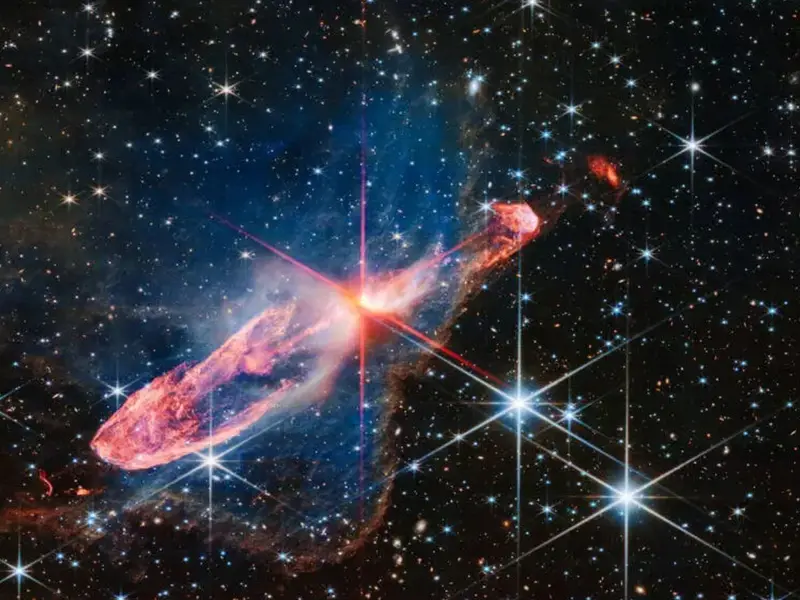As mid-August ushers in longer nights, skywatchers across the northern hemisphere are rewarded with some of the year’s most captivating celestial displays. Among the standout attractions are three major star clusters—cosmic assemblies that not only dazzle the eye but also shed light on the Milky Way’s turbulent and ancient history. While visible from dark-sky regions without special gear, these clusters reveal their full grandeur only through binoculars or telescopes.
Astronomers classify these stellar families into two main categories: open clusters and globular clusters. Open clusters—such as the Pleiades and Hyades—are relatively young groupings formed in the Milky Way’s spiral arms. Their loosely bound structure makes them fragile, gradually dispersing as gravitational tugs from neighboring stars break them apart over millions of years. Globular clusters, by contrast, are dense, spherical swarms containing hundreds of thousands of stars, many of them among the galaxy’s oldest. Suspended in the galactic halo, far above and below the Milky Way’s central disk, these ancient systems testify to the galaxy’s early formation and can sometimes be seen as faint patches of light to the unaided eye.

Current surveys suggest the Milky Way harbors roughly 150 globular clusters and over 1,000 open clusters. Observing them, however, is less about equipment and more about technique. Astronomers recommend giving your eyes at least half an hour to adjust to darkness and using “averted vision”—looking slightly to the side of the target—to activate the eye’s rod cells, which are more sensitive to faint light. Basic 10×50 binoculars can bring out sharper details and resolve brighter stars, while larger telescopes (six inches or more) begin to uncover the intricate, glittering webs of these clusters in remarkable depth.
One of August’s most spectacular targets is the Great Hercules Cluster (Messier 13 or M13). Roughly 25,000 light-years away in the constellation Hercules, this globular cluster contains around 100,000 stars packed into a luminous sphere. It sits between two bright seasonal guide stars—Vega and Arcturus—within the Keystone asterism at Hercules’ core. A sweep of binoculars between Zeta Herculis and Eta Herculis reveals this ancient relic of the galaxy, making it one of the showpiece sights of late summer skies.


